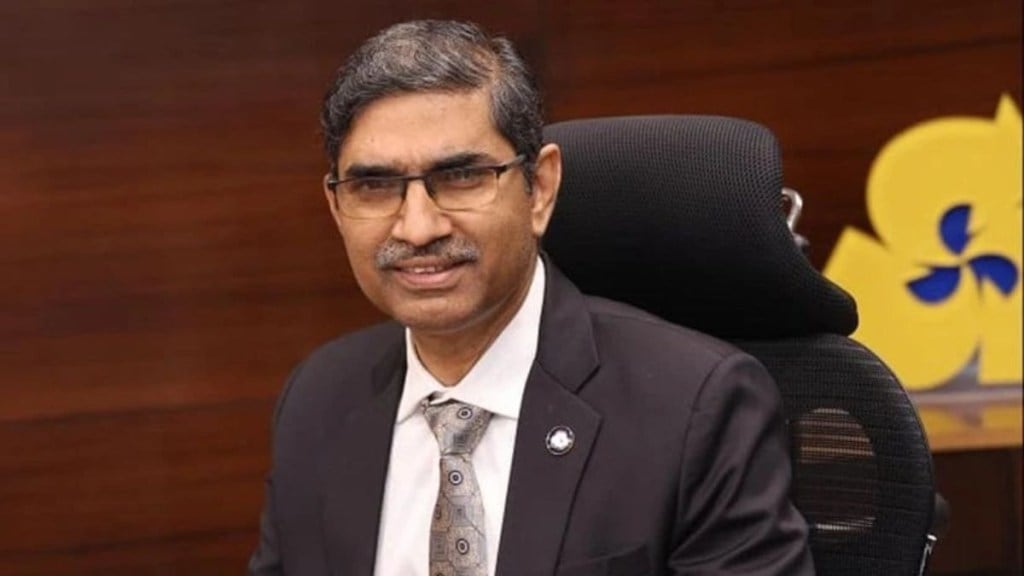Indian Bank reported an 11% YoY rise in net profit to ₹3,018 crore. Managing Director and CEO Binod Kumar discusses with Narayanan V the lender’s quarterly performance, challenges in deposit growth, and views on bank funding to mergers & acquisitions (M&A). Excerpts:
What factors led to a 13% business growth in Q2?
Growth has been a challenge for the bank for some time, but since last quarter, overall business has significantly improved. Total business grew 12.3% YoY to ₹13.97 lakh crore. Deposits rose 12.09% to ₹7.76 lakh crore, with CASA increasing 7% and the CASA ratio at 38.87%. Advances grew 12.65% YoY to ₹6.20 lakh crore. We sold inter-bank participation certificates worth around ₹12,000 crore, which reduced credit growth by 2%; otherwise, it would have been 14%. Consequently, net profit grew 11.49% annually.
But corporate credit growth was only 5%.
In corporate lending, we have shed some accounts where the yield was not up to the mark, which makes the gross growth appear limited. However, sanctions have increased to ₹51,000 crore from ₹31,000 crore last year. We are sanctioning loans wherever term-loan opportunities exist, while exiting low-yield accounts. We also have a sanction pipeline of around ₹60,000 crore to be disbursed over time. Our focus remains on four to five key sectors: Infrastructure, roads, transmission lines, solar power, and data centres. Currently, the RAM-to-corporate advances mix is 65:35, and we aim to maintain this level.
RBI has allowed banks to participate in M&A funding. Is the Indian Bank willing?
Yes, definitely. We feel when a good company is acquired, the acquirer may not be able to bring in the entire amount as equity, so banks like us can step in. I am in favour of it. The key challenge will be careful valuation of such companies. There are several valuation methods and agencies available, which can help us arrive at a reasonable valuation before proceeding. Previously, private credit participation was the main source for M&A advances; now, this will move to the formal banking channel. I see this as a good opportunity for banks.
The net interest margin (NIM) has slipped to 3.23%.
The NIM slippage was just one basis point from 3.24%. Despite a repo rate cut of nearly 50 basis points in late August, we have been able to maintain NIM through multiple strategies. We remain very price conscious and leveraged our surplus SLR via the RBI TRIPs window. With funding at around 5.25–5.30% and lending at 5.78–6%, we earn 70–75 basis points. Given good growth, we shed some low-yield advances and took a calibrated approach to bulk deposits, avoiding high-cost funding. These measures helped us maintain the NIM with minimal slippage.
Has CASA deposit mobilisation pressure eased?
CASA deposits are still a challenge, though we have seen some decent growth in term deposits. Customer behaviour is changing—people don’t like keeping money idle in savings or even in FDs because market returns are attractive now. Also, the government has moved to just-in-time, so funds are deployed carefully. CASA will continue to be challenging for these reasons. To address this, we have developed products with add-ons, like insurance, to give customers incentives to maintain CASA balances. Going forward, capturing transactional flows is important — wherever there are swipes, current account balances, payment gateways, and collections for government organisations, universities, and even temples. Even if funds stay with us for only 2–3 days before moving to FDs or liquid funds, it is still beneficial. We are focusing on such innovative ways to get some flows, even for short durations.

